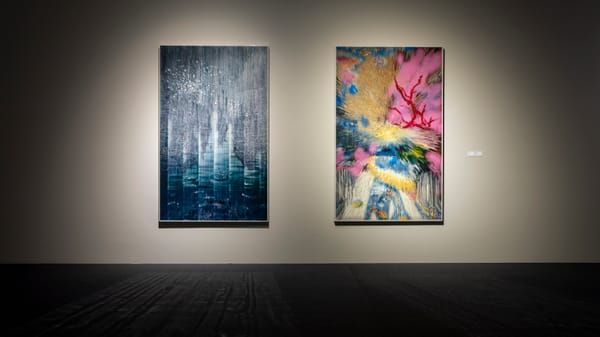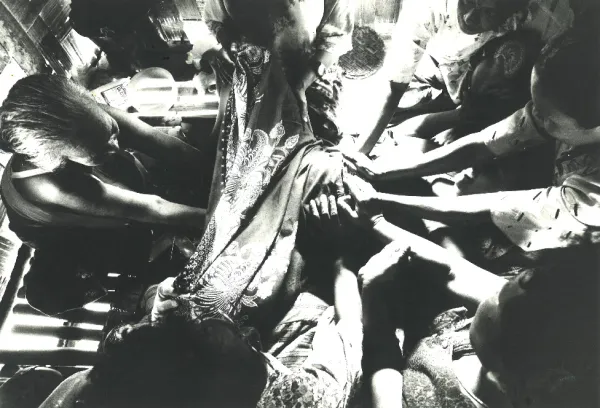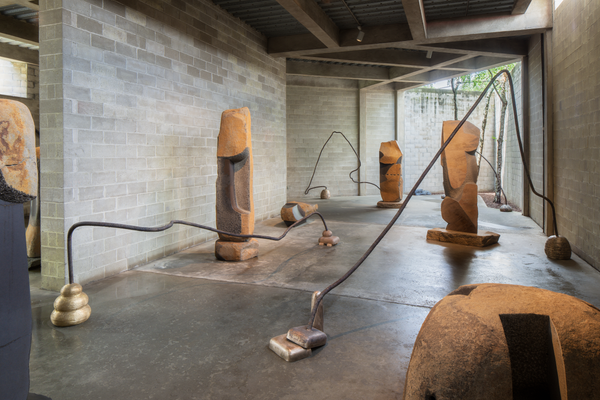Shows
“Taiping Tianguo” and “Show Flat 04”
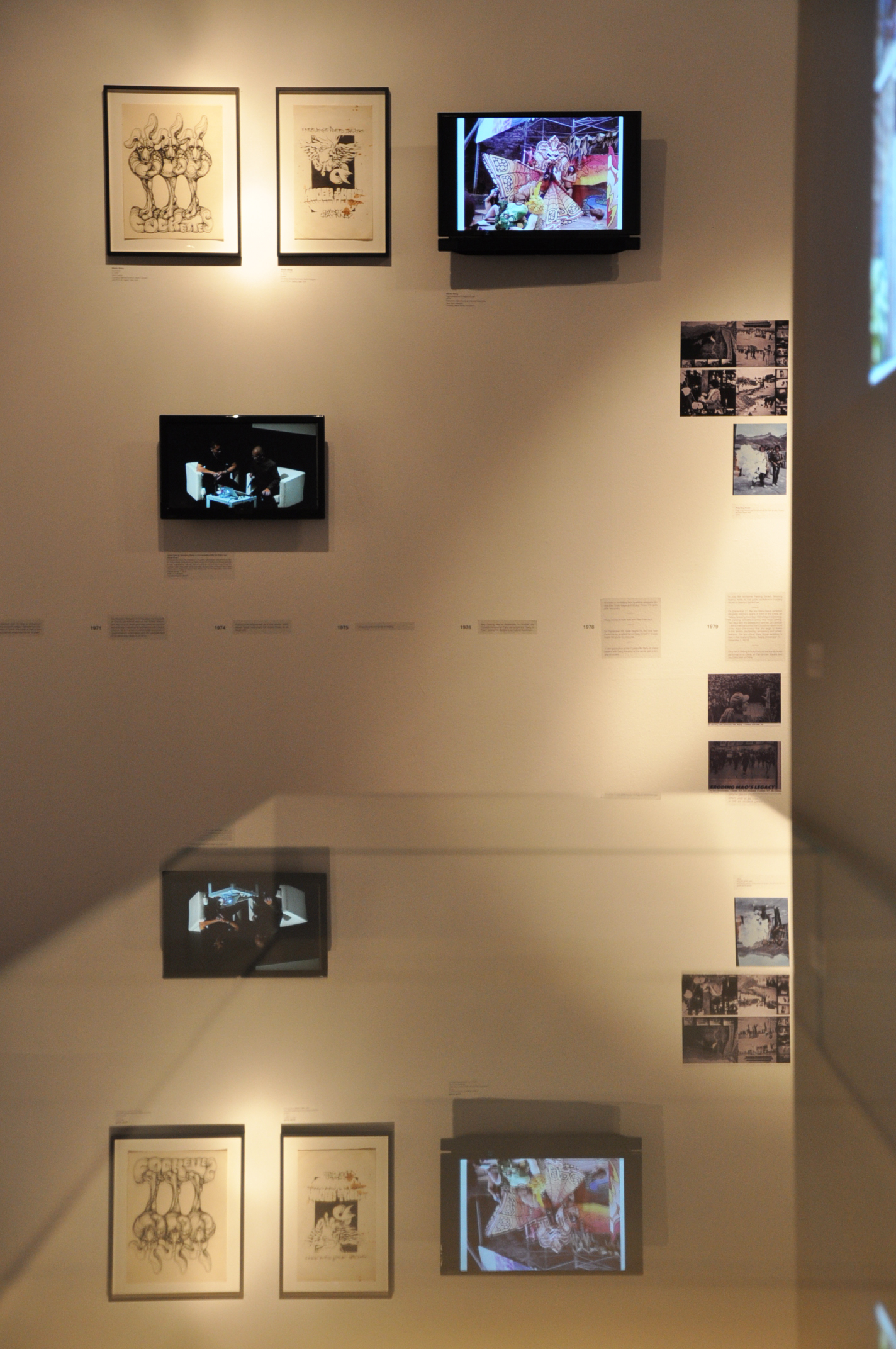

“Taiping Tianguo, A History of Possible Encounters” at NUS Museum sifts through the formative New York experiences of four Chinese artists—Martin Wong, Tehching Hsieh, “Frog King” Kwok Mang-ho and Ai Weiwei—who went on to achieve varying degrees of fame. Shown previously in Hong Kong and Istanbul, the exhibition—which was co-organized by the curatorial initiative A Future Museum for China and Para Site in Hong Kong—suggests that, aside from a few documented occasions when these four artists met in the '80s and early '90s, other “tenuous . . . possibly nonexistent connections” inevitably ignited their common “artistic visions and imagination.” This is a safe bet, given their shared cityscape, their mingling in the same expat circles and their exposure to the avant-garde energies of the East Village at the time. In fact, while the works here certainly reveal the emerging processes of each artist, the exhibition might better be described as a portrait of the city itself.
The exhibition’s motley assortment of artistic fragments includes photographs, video, paintings and archival trivia. Visitors are provided with succinct bios on the artists, and then invited to draw inferences from the quirky, sometimes puzzling array of works on display. Among the standouts are Hsieh’s documentation of the artist’s year-long performance (“Outdoor Piece, 1981-1982”); a handful of Wong’s drawings, paintings and a digital slideshow of untitled photo-collages; and posters and photos from Kwok’s former Soho gallery, accompanied by stills from his performance pieces at the Great Wall and Tian’anmen Square (1979) and in New York (1983). Throughout, the eye is continually drawn to dozens of black-and-white snapshots (ca. 1983-1993) taken by Ai, images that carry an allusion to Weegee, and breathe welcome contextualization into the dated bytes of artistic ephemera on the walls.
A helpful timeline notes milestones in the artists’ lives during this decade, together with significant art events taking place in China—but it’s hard to shake the suspicion that we’re being asked to draw connections and make assumptions for a test we haven’t studied for. Several small, clever installations dated 2012 by Ai make direct reference to a few of his old photos, but the inclusion of a few more similarly concise referents may have clarified earlier works by the others as well. “Taiping Tianguo” is not about their art per se—or about the artists, for that matter. This is speculative curation—its micro-subtexts of critical discourse threaten to reduce the artist to cipher.

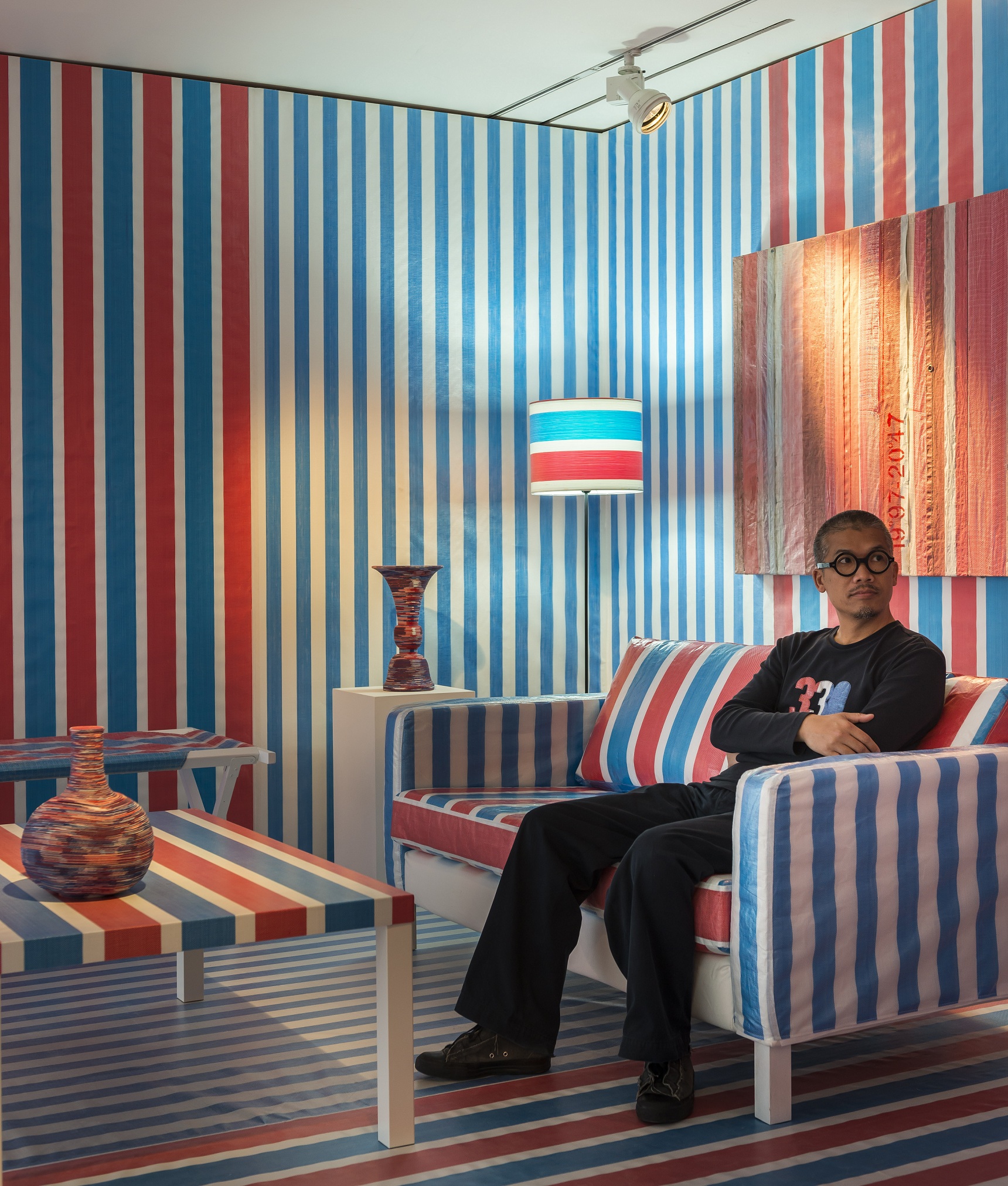
Over at the Hermes Third Floor gallery, Hong Kong artist Stanley Wong (also known as anothermountainman) attempts to build a literal scenario with his “Show Flat 04.” Wong has outfitted the space in his signature red, blue and white-striped tarp—an industrial plastic sheeting found with alarming frequency throughout China and Southeast Asia. This sturdy, emblematic material has been a key element in Wong’s work for at least a decade; it is convenient, imparting a facile range of social and political messages. His small apartment-like construction is intended to invite “a family, communal spirit,” to elicit memory and “trigger extraordinary love and joy.”
If Wong intended any hint of irony by papering a luxury-brand boutique with proletariat plastic, it remains concealed among the claustrophobic stripes. He drapes walls, floor, tables and chairs with the colorful tarp, but it is, as most show flats are, devoid of life. Where are the tchotchkes, the family presence? Wong’s construct might have been more intriguing had it been filled with an assortment of homely, striped detritus—and more provocative had he applied his stripes to goods from the boutique itself.
In both “Taiping Tianguo” and “Show Flat 04,” the imagery felt secondary to a larger agenda: neglected, the viewer is left hanging. The issues one is forced to consider are not about connections (tenuous or otherwise) or about memory—but instead pose more unsettling questions about the current state of contemporary Chinese art.
Taiping Tianguo is on view at NUS from September 7–November 3, 2013. "Showroom Flat 04" by Stanley Wong is at Hermes Third Floor gallery from October 13–November 10, 2013.
Marybeth Stock is a writer, researcher and editor based in Singapore and Japan.





